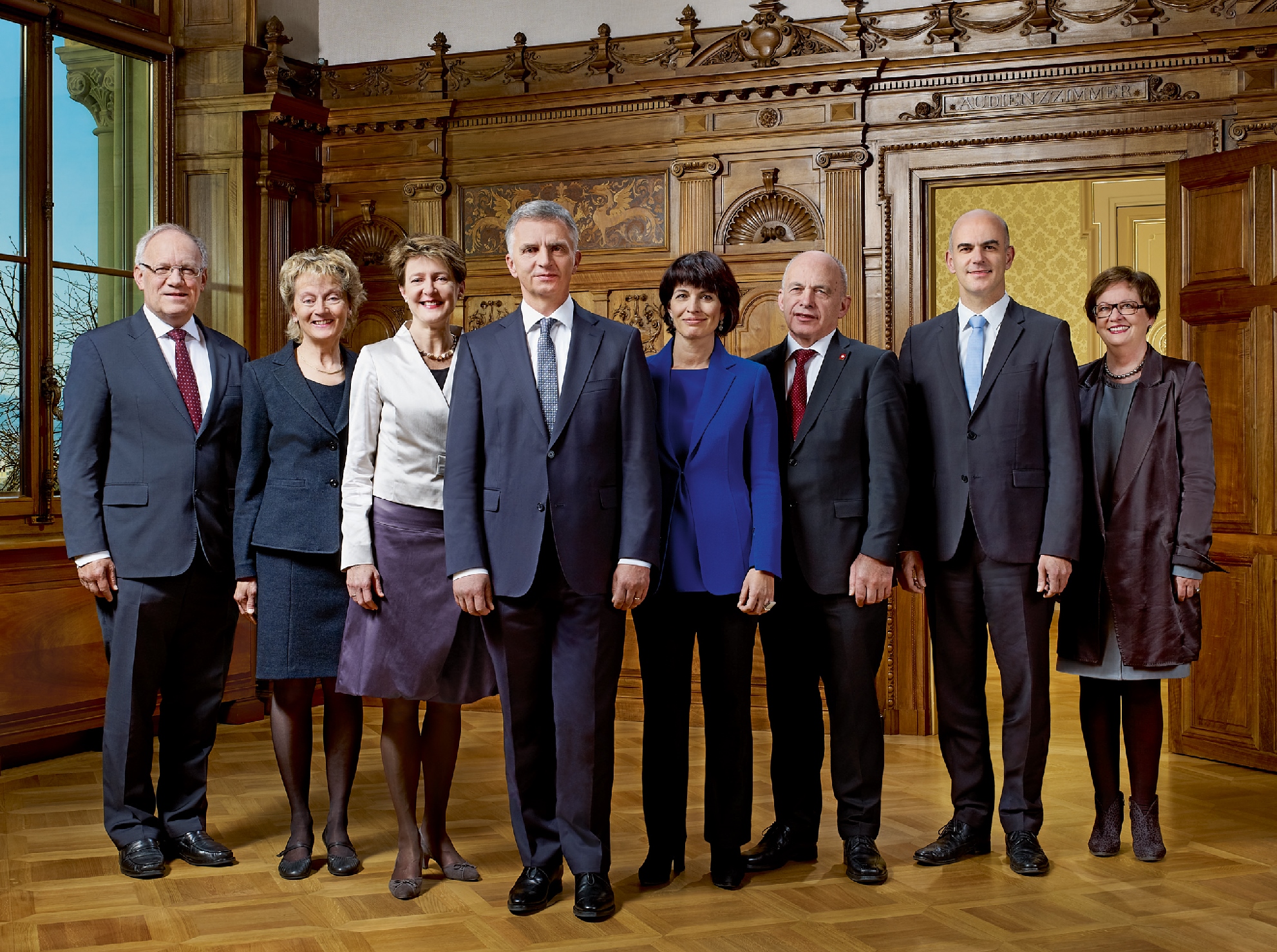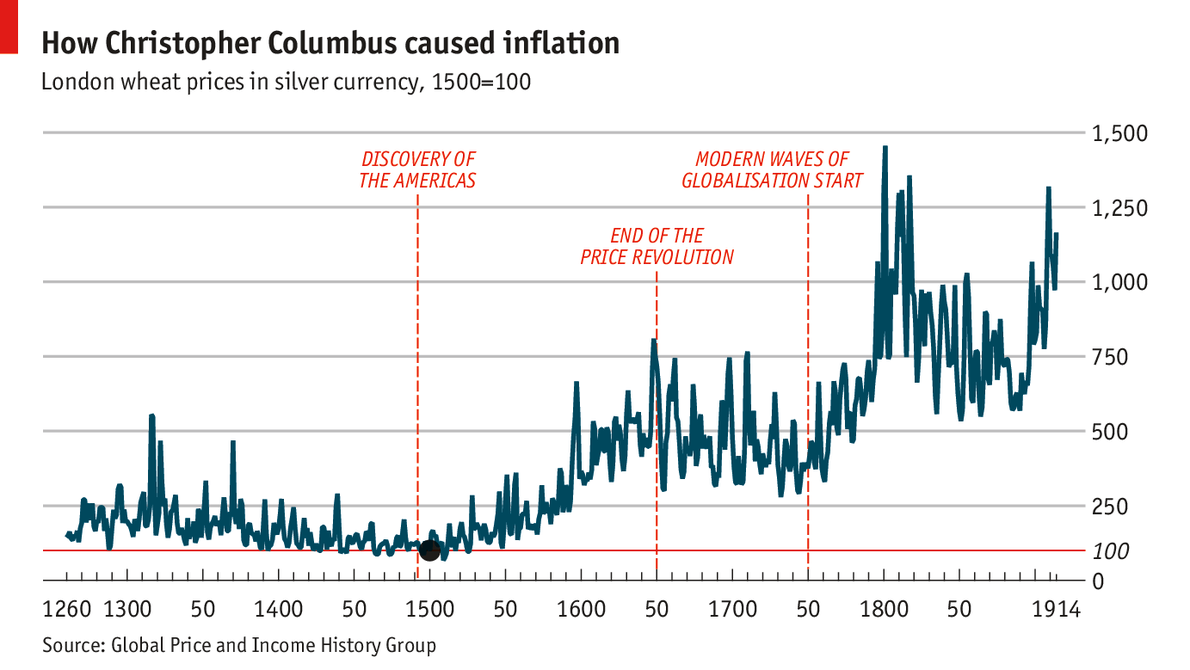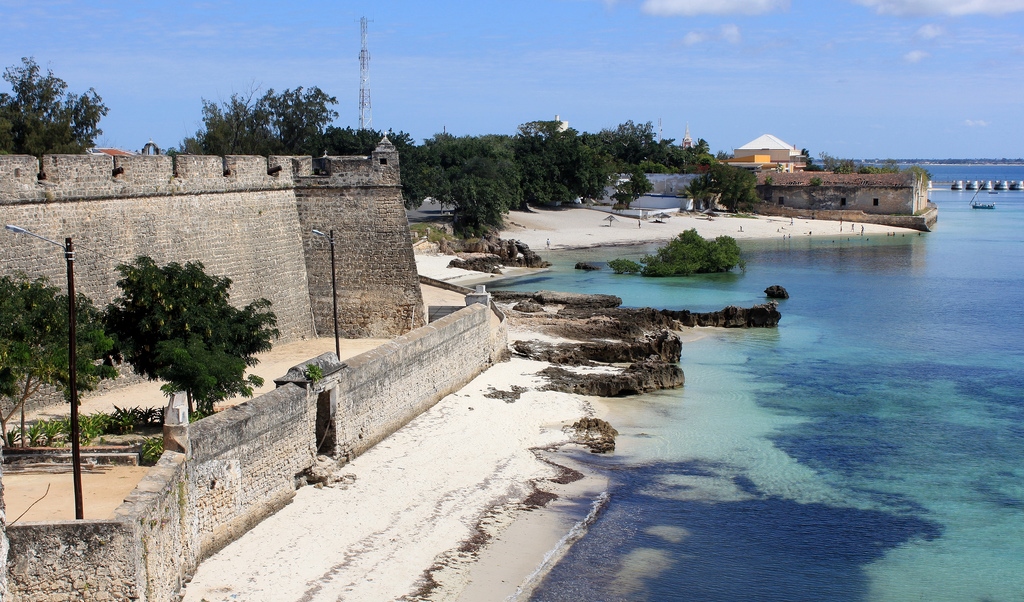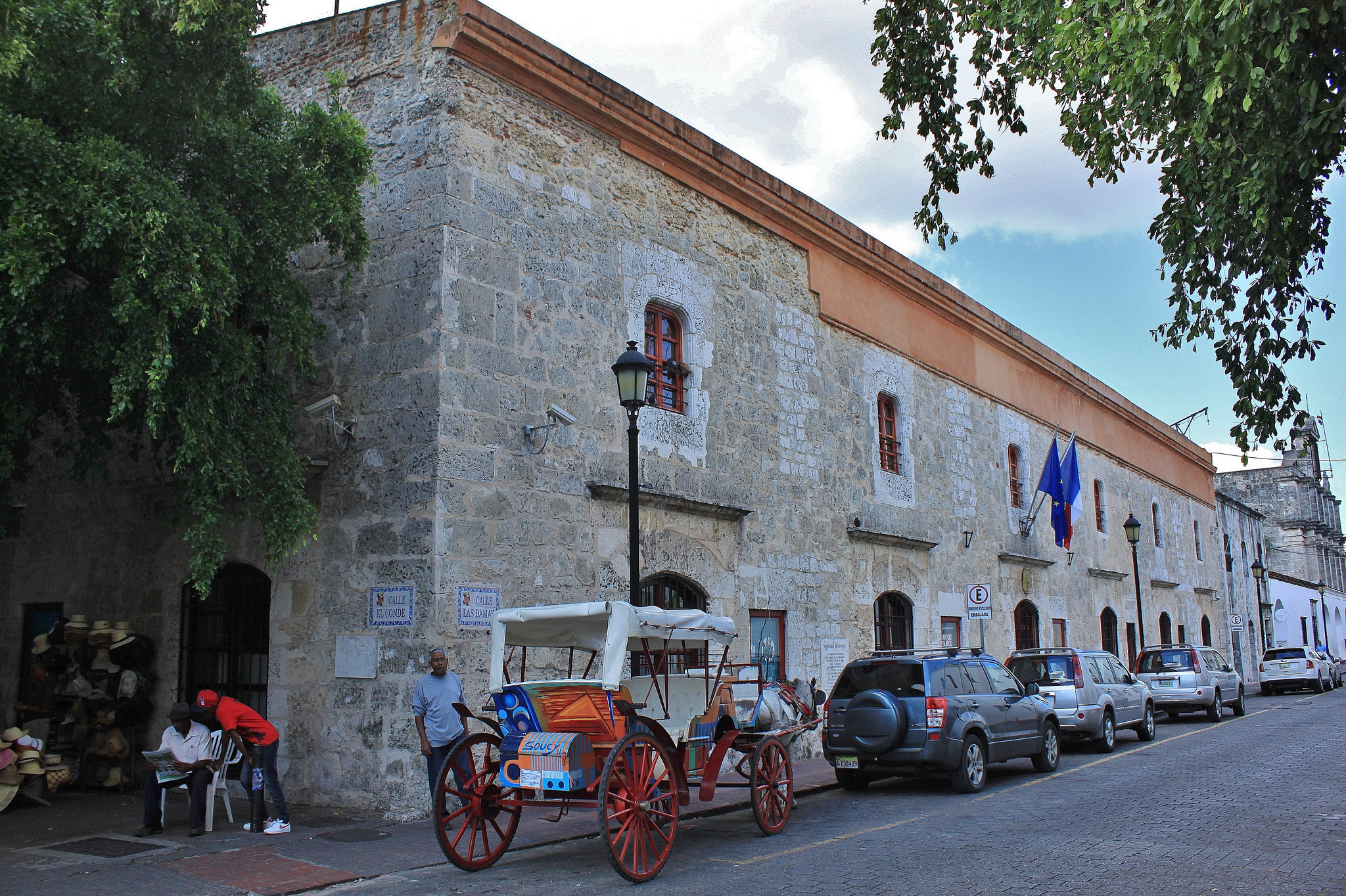In recent days, Johann Schneider-Ammann, the Swiss Minister of Economic Affairs, has become the target of criticism for the tax dealings of the Ammann Group in Langenthal, the company he led between 1987 and 2010. From 1999 to 2010, Schneider-Ammann served in the National Council, the lower chamber of the Swiss parliament. He only gave up control of the Ammann Group when he became a member of the Swiss Federal Council, the federal cabinet, as Minister of Economic Affairs in 2010.
The Ammann group was founded in 1869 by an ancestor of Schneider-Ammann’s wife and has been specializing in the production of construction machines. Since 1931, Ammann has been the exclusive importer of Caterpillar products to Switzerland. Today, the company has a worldwide employment of about 3,700–2,500 of them abroad.
One of the allegations, first reported by Swiss TV in late January, is that the Amman Group sold Caterpillar equipment to Iran after the 1979 revolution, thus circumventing the US embargo. Two retired truck drivers, Werner Zwahlen and Robert Z’Rotz, claim to have delivered many truckloads of Caterpillar products to Teheran and Baghdad between 1975 and 1984: “We picked up the machines and spare parts in Belgium and the Netherlands and brought them to Ammann in Langenthal. There we got new papers and, without ever unloading, drove on to Teheran and Baghdad.” As Schneider-Ammann entered the company in a leading position in 1981, it stands to reason that he knew about this scheme–which to be sure was not illegal under Swiss law.
The more serious allegation is that the Ammann Group set up offshore schemes to evade–or avoid–taxation in Switzerland. In 1976, the Ammann Group founded Manilux SA, a financial holding corporation, in Luxemburg. In 1996, they founded another financial subsidiary, Jerfin Ltd., on the Channel island of Jersey. Schneider-Ammann himself was listed as the chief of Manilux which had neither employees nor offices in Luxemburg, nor elsewhere, even though 250 million Swiss Francs were invested there. Manilux and Jerfin were dissolved in 2007 and 2009, respectively, and the funds transferred first to Jersey and then back to Switzerland.
In an interview with the Zurich daily Neue Zürcher Zeitung on February 8, Schneider-Ammann confirmed the basic facts but denied any wrongdoing: “This was about reserves which we optimized in terms of taxation. The funds were intended for the strategic development of the international Ammann Group and were used to protect jobs. Everything was legal, everything was transparent, the taxation authorities had complete insight at any time. They confirmed this to the company again on Friday.” Entrepreneurs today, according to Schneider-Ammann, have to resort to such offshore schemes because companies are part of a global competition where this is standard procedure: “If you want to secure domestic jobs in an international corporation, it is legitimate to optimize taxes. From an entrepreneurial perspective, it would be a mistake not to take advantage of all legal options.”
While many corporations set up much more sophisticated tax avoidance schemes with a more complex web of subsidiaries in numerous jurisdictions, this is a textbook example for how offshore works. “Optimizing” tax liabilities becomes part of what corporate leaders do in order to increase profits or just to remain competitive. At the other end of the bargain, jurisdictions compete to offer the most attractive conditions to get companies to incorporate there. This is the mechanism Schneider-Ammann described quite frankly: “The Ammann group has to compete in a brutal environment. Before the turn of the millennium, this type of a tax break did not exist in Switzerland. That is why it was recommended to us to invest money in offshore corporations to shelter it from taxation. In the last few years, similar tax shelters were created here [in Switzerland]. This is why we brought the money back to Switzerland.”
This is how the offshore race to the bottom works: corporations create shell companies to move their money to the jurisdiction that offers the most advantageous conditions–and ordinary citizens all over the world shoulder an ever-increasing percentage of the tax burden. Jurisdictions in turn adjust their tax schemes to make their location even more attractive to corporations. When Switzerland matched the conditions offered by Luxemburg and Jersey, repatriating the accounts made business sense for the Ammann Group.
So why did revelations about the business practices of their Minister of Economic Affairs create such a stir in Switzerland to the point that some demand his resignation? Switzerland is one of the pioneers of the offshore system and for well over 80 years has created offshore opportunities for corporations and individuals who are based elsewhere. Mr. Schneider-Ammann has delivered a high-profile example for how offshore looks from the point of view of the jurisdiction that gets cannibalized–a perspective the Swiss are not used to seeing. And all of a sudden, it is very easy to comprehend just how wrong and unjust this system is.
The question is not just whether Mr. Schneider-Ammann’s tax schemes were legal but whether a corporate leader who actively pursued offshore strategies to avoid paying corporate taxes in Switzerland can be a trusted guardian of the common good and more specifically is fit to be its Minister of Economic Affairs–who sits at the table when tax issues are discussed with foreign entities. And just perhaps the offshore system has become odious enough for even the Swiss to understand that the global offshore system they helped create–and from which they profited immensely–may be legal but is morally corrupt.




